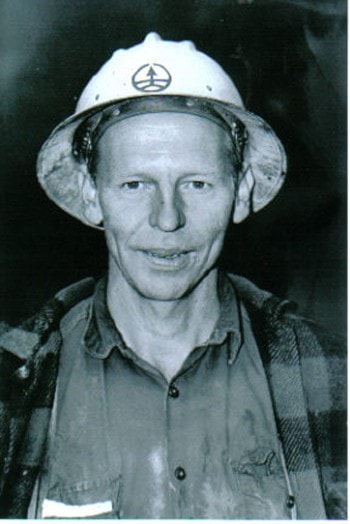The following is the first in a series on the logging industry, and was written by well-known Cowichan Lake area logger Al Norman’s son, Rob Norman.
Al Norman was born October 21, 1924 in Ladysmith, BC.
Aside from living there for a short time (and spending a year, during the Depression, in Russia, where his dad took the family while looking for work) he and his four sisters spent the rest of their time growing up on a float house in Caycuse. In those days, the school in camp (Camp 6/Caycuse) went to Grade 8, so it was typical for boys to go to work in the woods after completing Grade 8. On July 4, 1940, at age 15, Al started logging for Industrial Timber Mills (BCFP took over the company in the late 1940s).
He tried to sign up for the war effort but was turned away and told he was too young and that his industry needed him.
He worked under many different loggers and had some good trainers, including Ken Hallberg and his dad, Al Norman, and spent the first few years second rigging on the skidder.
From there, he worked his way to head rigger, becoming responsible for raising wooden home spars, then climbing and rigging them. Skidder crews were large in those days, with sometimes as many as 20 men.
Some work years were short and the winter shut down could end in April, only to be put out again in July for hear. Al remembered working in Wardroper Valley in the 1940s in waist deep snow when the camp went on early shift for heat.
He, like, any old-timers, did not wear rain gear in the early days, because he felt it slowed him down.
Eventually, it caught up with forest workers in the form of arthritis, with its many aches and pains.
One fatality that occurred during the 1940s stuck with him: A guy named Charlie Larmer was learning to load rail cars, heeled a long log and dropped it on himself. With no protection over his head but a tin roof (on the skidder), Charlie died shortly thereafter.
Al saw lots of changes in the industry, including the formation of the union (IWA), which was badly needed not only to fight for better wages, but also for improved safety conditions.
Al even remembers secret union meetings taking place in his family’s float house.
He saw logging trucks eventually replace the rail, and saw the last train load of logs dumped at Caycuse (into Lake Cowichan) in June 1954. He saw loading with heel booms that were attached to the wooden home spars replaced by log loaders.
By the early 1960s, Al saw wooden spars replaced by steel towers. This meant that a lot of his duties, including those of a head rigger, would disappear.
By the 1980s, he saw steels spars being replaced by grapple yarders, which operated two shifts.
The turning point for Al was when Fletcher Challenge took over the operations from BCFP.
Since he did not see this as a positive change, he chose to retire early, just two years short of the half-century mark in his logging career.
Al cared very much about the (forest) industry, as logging was in his blood.
He had countless stories to share about his own years in the woods and loved to hear the stories of others. When hearing talk about new technology in logging, Al would just shake is head – he was defiantly from the ‘old school.’
Al’s mind was very sharp until the end, but his body had worn out.
Al died May 16, 2006.
